VIMS announces winners of 2023 Photo Contest
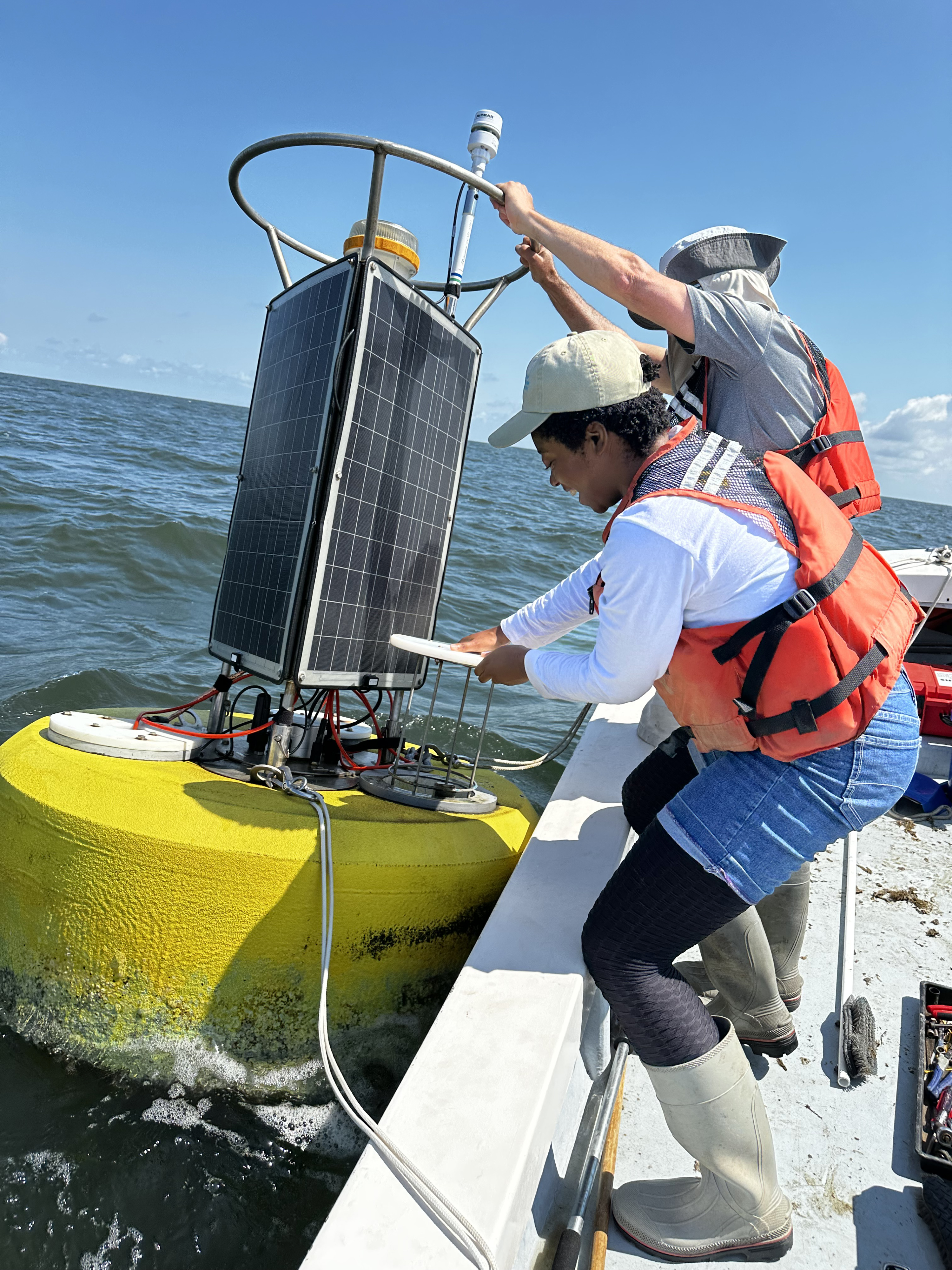
The VIMS Photo Contest, now in its 24th year, recognizes the most noteworthy images captured by VIMS faculty, staff, and students while in the field and laboratory. To view high-resolution versions of this year's winning entries and honorable mentions, scroll through our online gallery.
This year's Grand Prize was awarded to Kaitlyn Parker, Laboratory & Field Research Specialist with CBNERR-VA, for her dynamic photo Retrieving a YSI EXO from Buoy. The photo shows Tochi Iwuji (CBNERR-VA 2023 Hollings Scholar) and Eduardo Miles (CBNERR-VA Marine Scientist) retrieving a YSI EXO from a buoy at Stingray Point. An EXO, also called a "sonde", is an instrument that records information about the water it sits in, such as temperature and salinity.
"We retrieve and deploy the sonde every month when we go to the buoy for monthly maintenance," says Parker, "That day is a great example of how CBNERR works to immerse its Hollings Scholars and interns in field experiences to help connect them to the waters we monitor and protect."
The buoy is part of the Chesapeake Bay Interpretive Buoy System, a program run by NOAA, and also collects meteorological data, wave and current conditions, and houses an instrument that pings tagged fish.
Category Winners
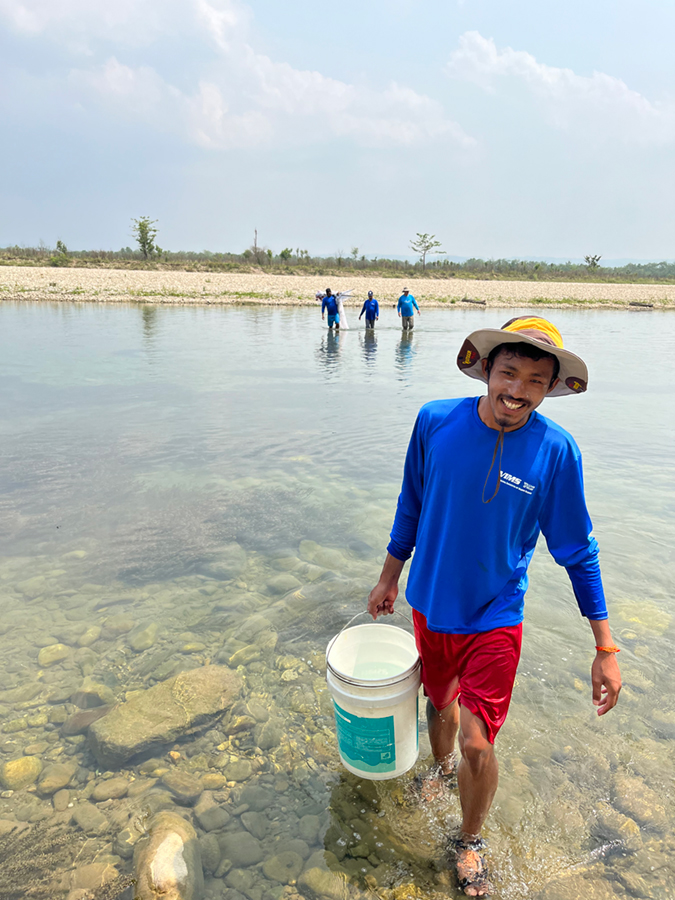
As in years past, the selection committee awarded winners in categories best representing the most common types of images submitted during previous competitions. The committee is led by VIMS Publications Manager Sue Stein.
In the People at Work category, researcher and professor Dr. Mary Fabrizio took the top prize for her photo of the Nepal Fish FACTS team bringing back fishes sampled with a seine on the East Rapti River in Nepal.
Field work can be tough and dirty, but also exciting, fulfilling, and a great excuse to be outside connecting with nature. This photo captures the joy of working in the field on a beautiful day.
Dr. Mary Fabrizio and colleagues spent time with collaborators in Nepal this summer, one of many research projects lead by VIMS researchers that happen abroad.
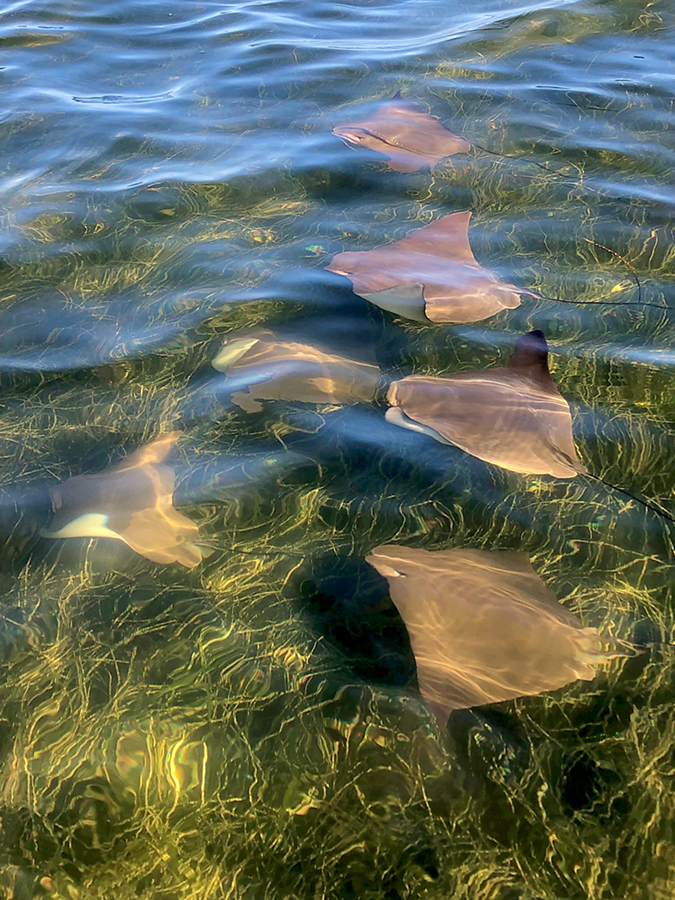
Desiree Groff, a Laboratory & Research Specialist with the Coastal & Estuarine Ecology Lab (CEEL) at VIMS, won the Marine Wildlife category with her photo A Fever of Cownose Rays. Groff and other lab members spotted this fever, the name for a group of rays, last summer while doing field work in Guinea Marsh.
The shallow, clear water made a perfect spot for catching a glimpse of these meandering mesopredators. "We almost always see rays there," says Groff, "I was just lucky enough to snap a picture of these cute little rays."
Cownose rays are yearly summer residents in the Chesapeake Bay, where they come to mate and give birth; by October they begin their migration south to return to their wintering grounds off the coast of Florida.
Desiree's photo is also this year's "People's Choice Award" winner, which is decided by our followers on Instagram and Facebook.
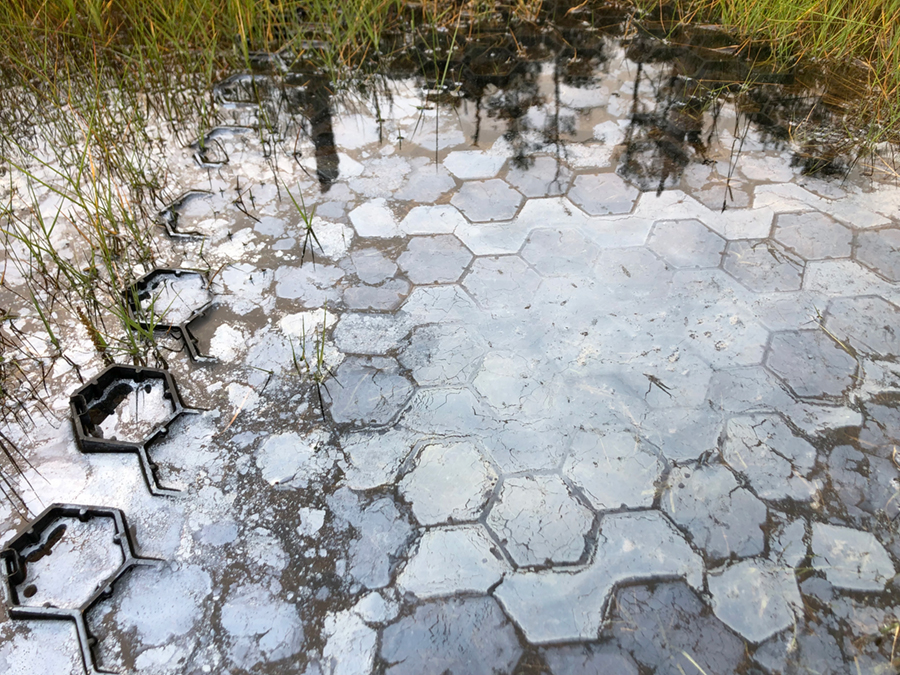
The winner of the Landscape category was Grace Molino, a PhD student in the Coastal Geomorphology and Ecology lab at VIMS, for her intriguing photo of hexagonal, shiny shapes in a marsh.
"The shiny surface is a very thin crystalline, metallic layer created by iron-reducing bacteria commonly found in marshes," explains Molino, "The naturally formed surface layer will fracture like very thin glass when disturbed."
In this case, the film formed and fractured on mats that had been placed in the marsh for researchers to walk on to reach their field sites, creating a unique collaboration between researcher and bacteria.
M.S. student Miguel Montalvo won the "Microscopic" category for with his photo Blanket octopus paralarva, which shows a young octopus in a planktonic stage between hatchling and subadult.
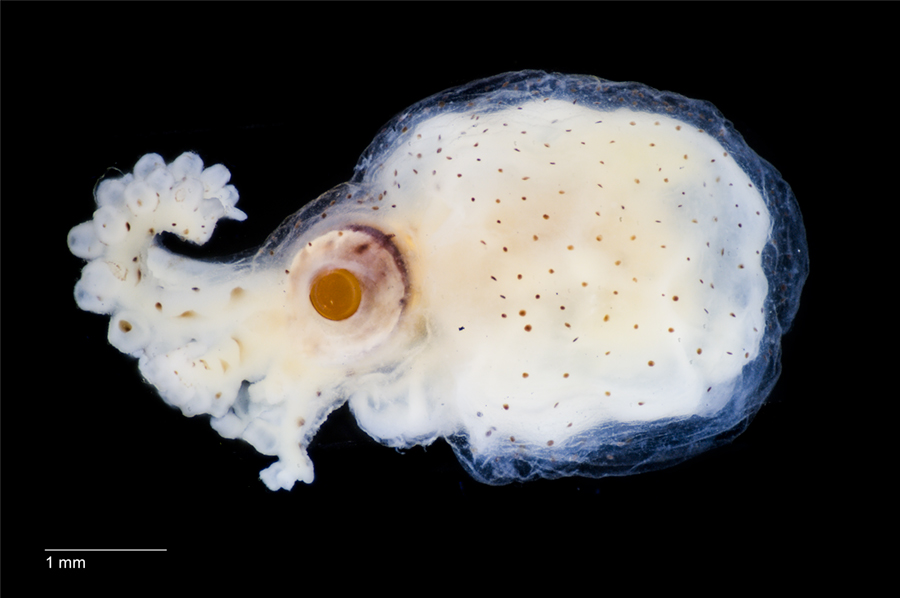 This particular specimen was found among the plankton tow samples from the Bermuda Atlantic Time Series Long-Term Ecological Research project (BAT LTER). To capture such an incredible image, Montalvo took several discrete micrographs at incremental focus heights and stacked them using Helicon Focus.
This particular specimen was found among the plankton tow samples from the Bermuda Atlantic Time Series Long-Term Ecological Research project (BAT LTER). To capture such an incredible image, Montalvo took several discrete micrographs at incremental focus heights and stacked them using Helicon Focus.
Honorable Mentions
The selection committee also awarded seven honorable mentions in this year's contest:
- Kaitlyn Clark – “Releasing Oocytes”
- Mary Fabrizio – "Nepal Sunset2”
- Ima Hosseinzadeh – “Cannonball Jellyfish”
- Grace Molino – “Marsh Watching”
- Reba Smith – “Bay Scallops”
- Brian Watkins – “Chesapeake Light Tower2”
- Serina Wittyngham – “Post Fire Phragmites Invasion”
This year's contest saw 122 entries, including many for the "Microscopic" category, which was removed last year due to low category entry.
As in previous years, staff on VIMS' Communications & Marketing team use the submitted photos for publications, outreach materials, and website pages.

